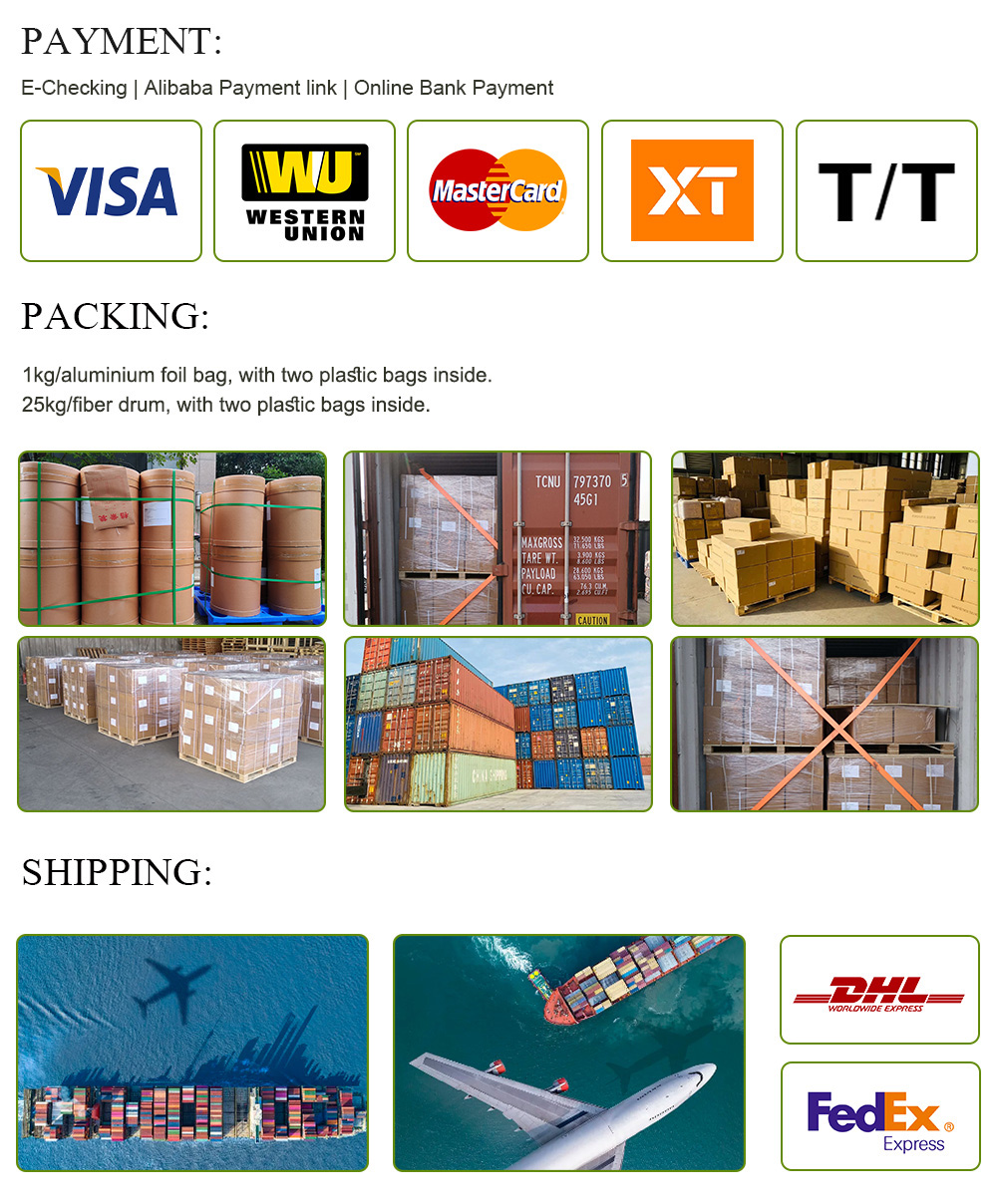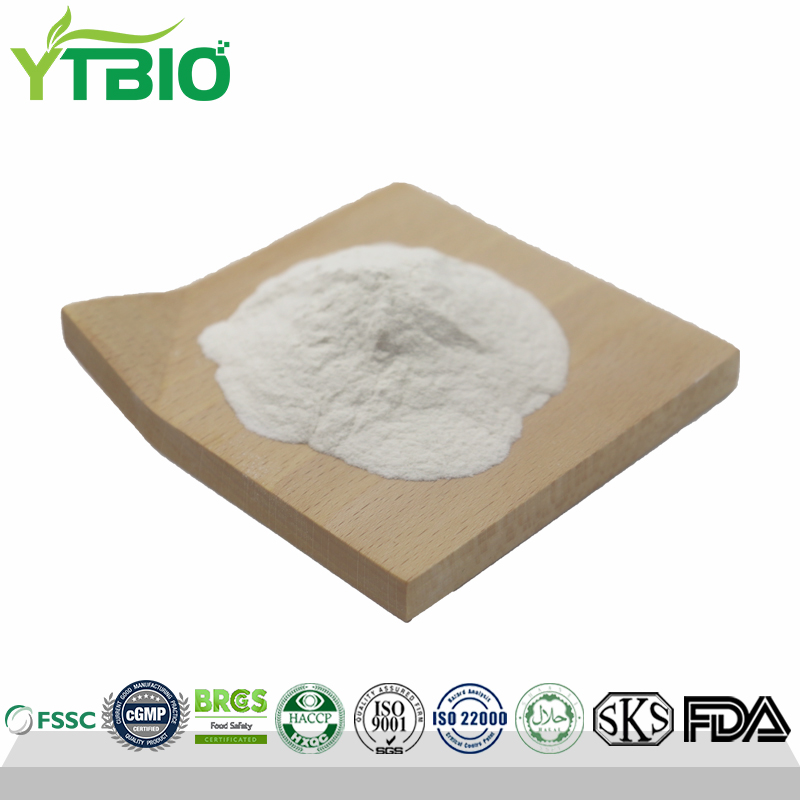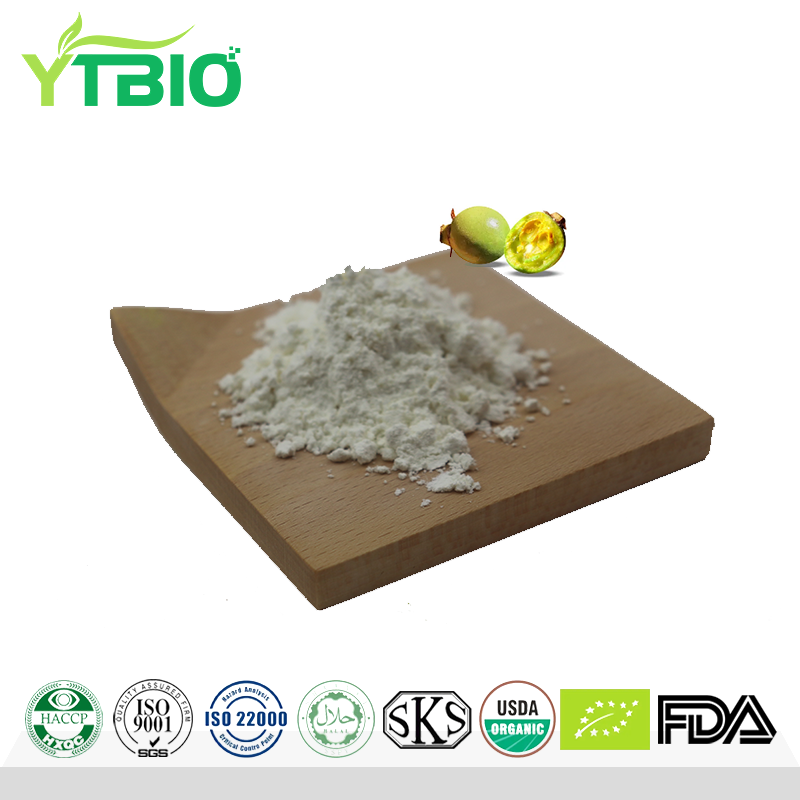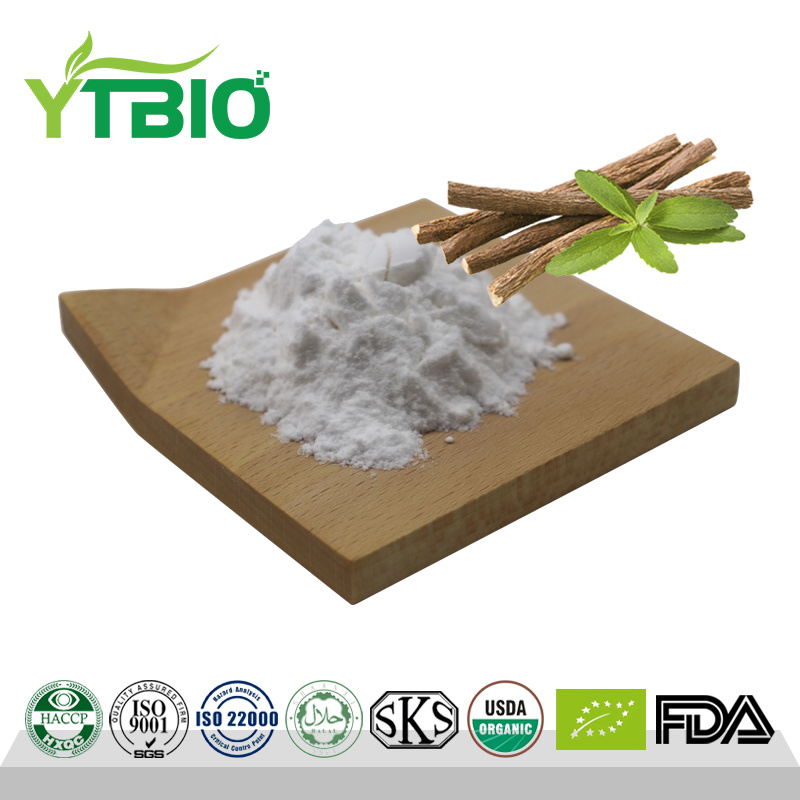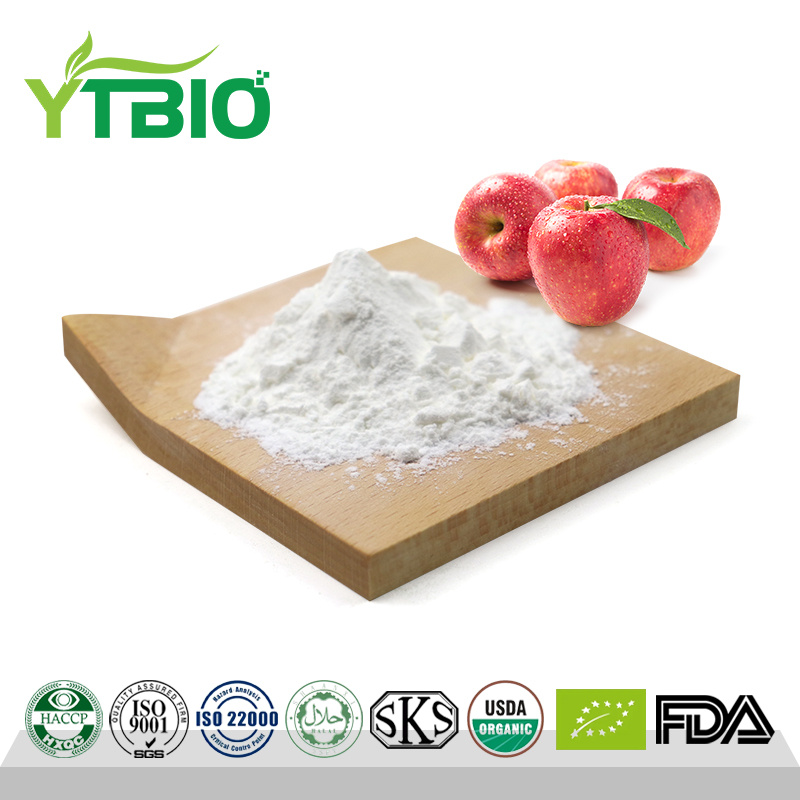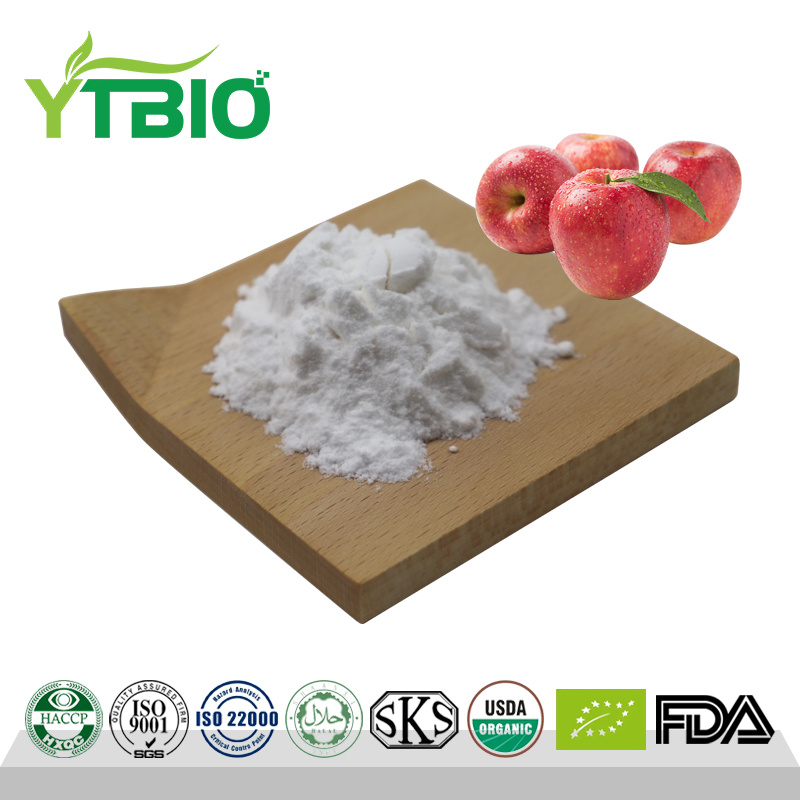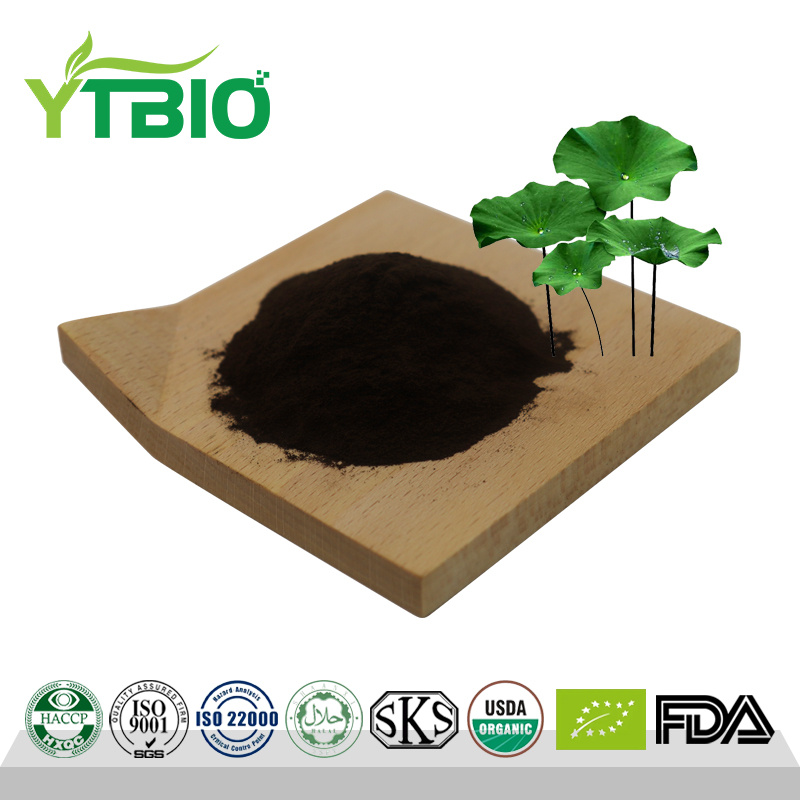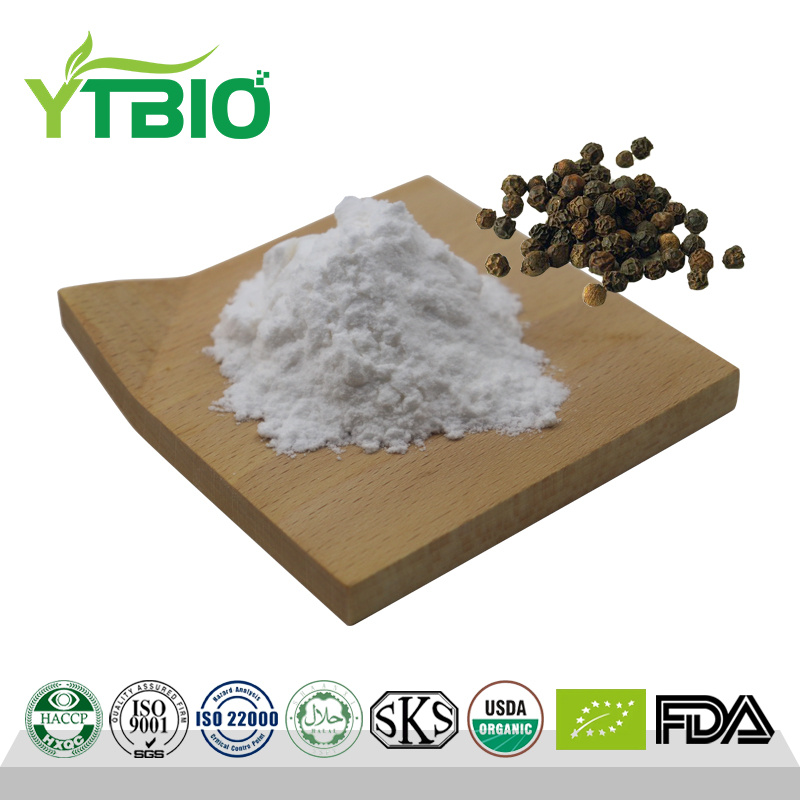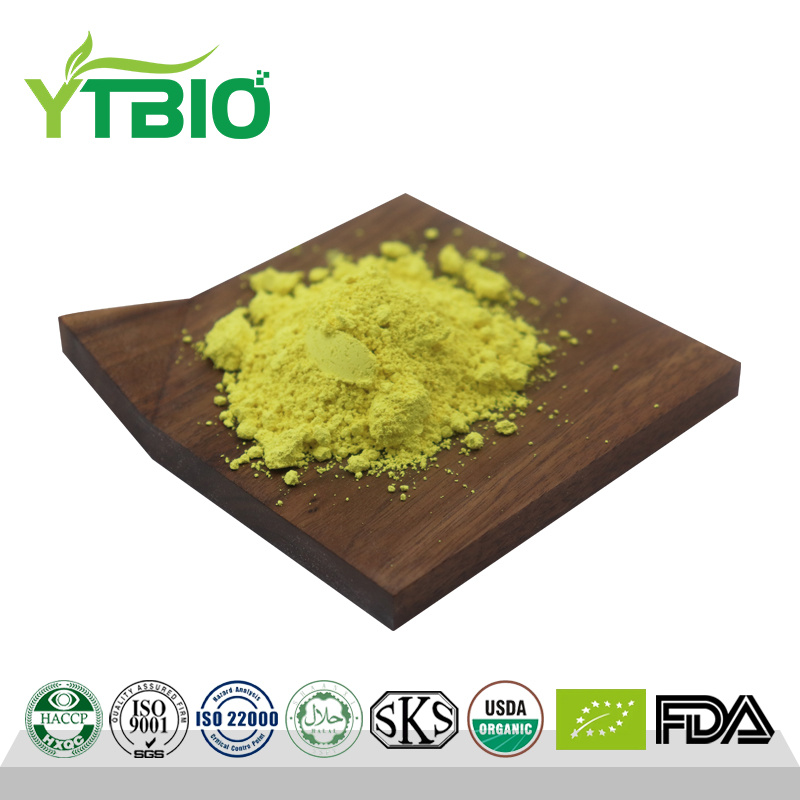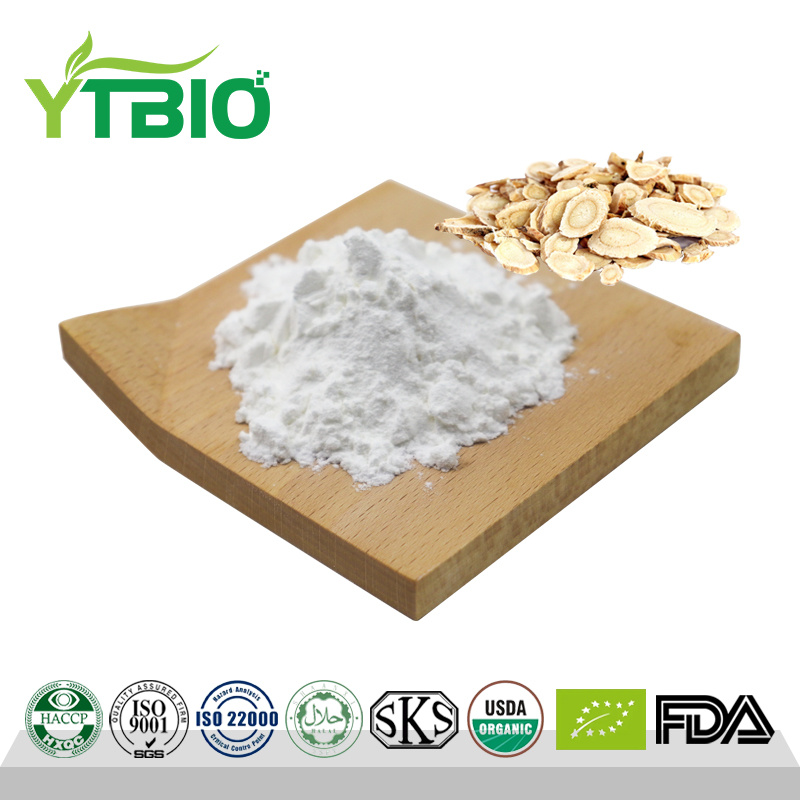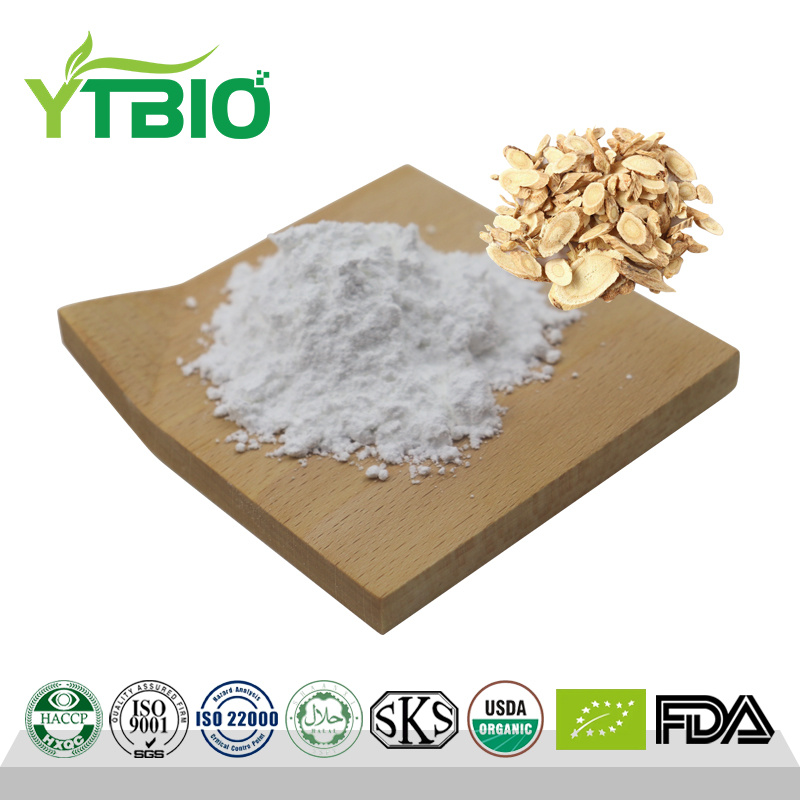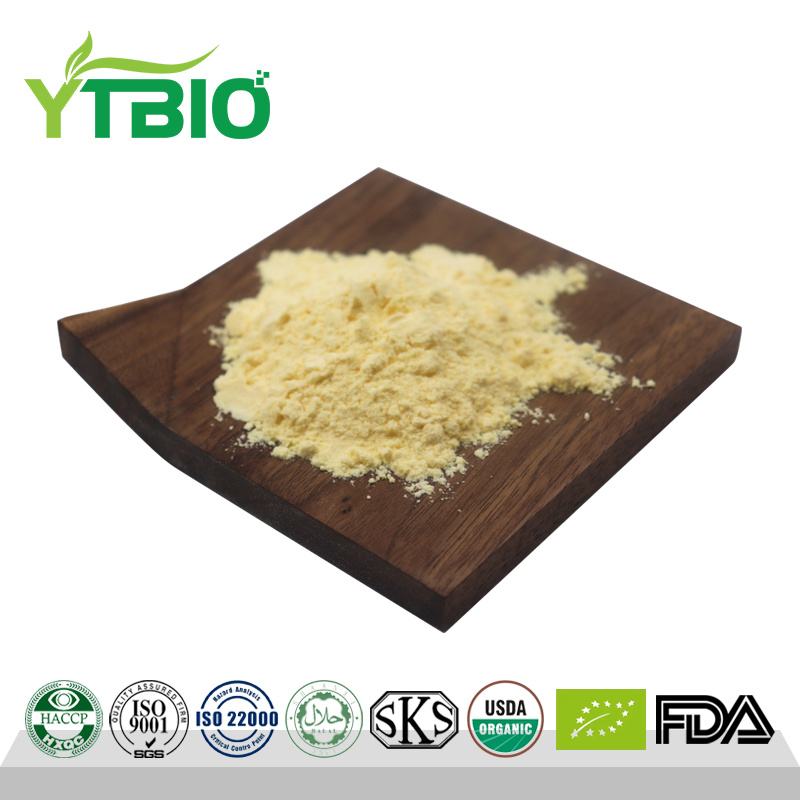Factory Direct Supply 98% Alpha Lipoic Acid Powder CAS 1077-28-7
About Alpha Lipoic Acid
Alpha-lipoic acid (ALA) is an endogenous disulfide compound similar to vitamins, first isolated and named in 1951. Its structure consists of eight carbon atoms (caprylic acid) and two sulfur atoms, which form a cyclic structure through sulfur bonding.
Known as the "universal antioxidant," ALA is one of the most potent and safest antioxidants currently known. Its antioxidant capacity is 400 times that of vitamin C and vitamin E, surpassing ingredients like grape seed extract and green tea. As a natural antioxidant, ALA is widely distributed in plant and animal tissues, such as spinach and tomatoes. Once absorbed by the human body, it is rapidly converted into dihydrolipoic acid (DHLA) and excreted extracellularly. ALA plays a central role in the antioxidant network and is an essential nutrient. Due to its exceptional antioxidant properties, ALA has become a common ingredient in multivitamin formulas, anti-aging supplements, and even pet food in European and American markets.
Functions of Alpha-Lipoic Acid
ALA helps convert glucose into energy within the body and acts as a powerful antioxidant, neutralizing harmful free radicals. Unlike many antioxidants, it functions in both water- and fat-soluble environments, supporting and regenerating vitamin E (fat-soluble) and vitamin C (water-soluble), allowing them to regain their antioxidant capacity after neutralizing free radicals.
1. Sources of Alpha-Lipoic Acid
A healthy body can naturally produce sufficient ALA, but supplementation may be necessary when levels are insufficient. ALA is found in many foods, typically bound to lysine in proteins. It is abundant in kidneys, heart, liver, spinach, broccoli, and yeast extracts. However, dietary ALA content is extremely low. For example, when scientists determined its chemical structure, they extracted only 30 mg of ALA from approximately 10 tons of animal liver. Naturally occurring ALA is usually covalently bound, making it difficult to obtain directly from food, so most ALA supplements on the market are synthetically produced.
2. Forms of Alpha-Lipoic Acid
The naturally occurring form of ALA is the R-isomer. Supplements available on the market typically contain the synthetic form of the R-isomer or a mixture of R- and S-isomers. Among the two forms, the R-isomer is more biologically active. However, clinical trials have primarily studied the efficacy and side effects of the mixed form. Additionally, mixed-form supplements are usually more cost-effective than pure R-isomer products.
3. Recommended Dosage of Alpha-Lipoic Acid
● For diabetes-related neuropathy and cardiac autonomic neuropathy: The typical dosage ranges from 200 to 400 mg per dose, with a total daily intake of 600 to 1200 mg.
● For weight loss: Studies suggest that taking 100 mg of ALA per meal (combined with a low-calorie diet) provides benefits.
● For general antioxidant use: A lower dosage is generally recommended. If using a pure R-isomer supplement, the dosage can be reduced by half.
4. Safety and Side Effects
Reported side effects include rashes and nausea. Since ALA may help regulate blood sugar levels in diabetes patients, it is important to monitor blood glucose closely while using ALA supplements, and adjustments to diabetes medications may be necessary.
The Superior Antioxidant Properties of α-Lipoic Acid
α-Lipoic acid (ALA) and its reduced form, dihydrolipoic acid (DHLA), are widely recognized as highly effective antioxidants and oxidative stress scavengers. Oxidative stress is one of the primary causes of cellular dysfunction, autophagy, and apoptosis, often triggered by exposure to xenobiotics, pollutants, heavy metals, and other environmental and endogenous toxic substances. This ultimately leads to increased cytotoxicity and decreased cell survival. ALA and DHLA interact with these harmful molecules, enhancing the body's primary antioxidant defense system during the damage process.
1. Direct Scavenging of Reactive Oxygen Species (ROS)
The unique five-membered disulfide ring structure of ALA grants it electrophilic properties and the ability to react with oxygen free radicals. Studies have shown that ALA can scavenge hydroxyl radicals, hypochlorous acid, peroxynitrite, singlet oxygen, and nitric oxide, though it has no effect on superoxide radicals. In contrast, DHLA can eliminate nearly all free radicals except singlet oxygen. ALA and DHLA can be interconverted in the body, working together to exert powerful antioxidant effects.
2. Chelation of Metal Cations
In biological systems, transition metals (such as iron, copper, zinc, and mercury) catalyze the production of highly reactive hydroxyl radicals through hydrogen peroxide (H₂O₂), exacerbating oxidative damage. Studies indicate that ALA and DHLA can effectively reduce oxidative stress and minimize oxidative damage both in vitro and in vivo. For instance, ALA has been shown to protect against age-related oxidative stress by reducing iron accumulation in aged rats. DHLA chelates copper and iron ions, mitigating oxidative damage associated with Alzheimer’s disease. Additionally, ALA has clinical applications in chelating heavy metal ions, helping to alleviate heavy metal poisoning.
3. Activation of Endogenous Antioxidants
The body contains various endogenous antioxidants, such as vitamin E (tocopherol), vitamin C (ascorbic acid), and glutathione (GSH). Experimental studies have demonstrated that ALA can regenerate and activate GSH while enhancing the antioxidant activity of both GSH and vitamin C, thereby reducing oxidative damage. DHLA further enhances the body's antioxidant capacity by converting oxidized forms of endogenous antioxidants, such as vitamin A and vitamin E, back to their reduced and active states.
Conclusion
α-Lipoic acid (ALA) and its reduced form, DHLA, exert powerful antioxidant effects through multiple mechanisms, including direct free radical scavenging, metal ion chelation, and activation of endogenous antioxidants. By effectively reducing oxidative stress-induced cellular damage, ALA has significant applications in anti-aging, disease prevention, and therapeutic interventions.
Application direction
Lipoic acid is a highly effective antioxidant widely used in nutritional supplements and cosmetics. In the medical field, it is used for the prevention and adjunct treatment of diabetes and its related complications. Lipoic acid can enhance glucose metabolism, reduce oxidative stress, alleviate symptoms of diabetic neuropathy, prevent diabetic cataracts, and minimize diabetes-related cardiovascular damage.

